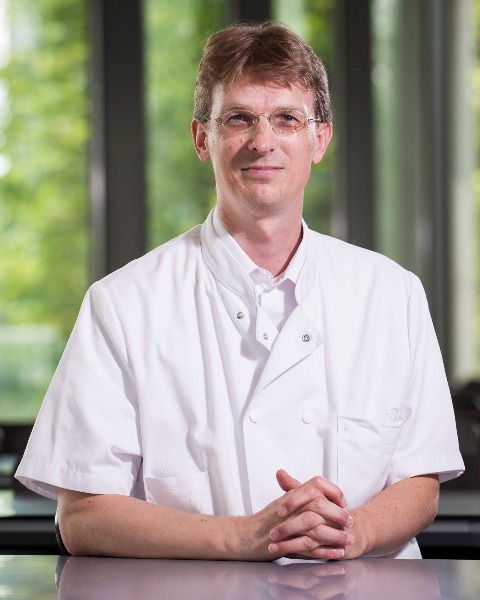Oral Abstract
Free breathing whole heart isotropic 4D cine imaging - preliminary clinical trial as compared to 2D multi breath-hold cine imaging
- HL
Huangling Lu, MD, PhD
Radiology Resident
Leiden University Medical Center, Netherlands - AC
Alexandru Cernicanu, PhD
Clinical Scientist
Royal Philips N.V., Netherlands - JK
Jochen Keupp, PhD
Scientist
Royal Philips N.V., Germany - JM
Jakop Meineke, PhD
Scientist
Royal Philips N.V., Germany 
Hildo Lamb, MD, PhD
Radiology Professor
Leiden University Medical Center, Netherlands
Primary Author(s)
Co-Author(s)
Presenting Author(s)
Currently available CMR acquisitions require multiple breath-holds and expert technologists for geometric planning. We applied a free-breathing whole heart isotropic 4D cine sequence (4D-FB) that uses self-gating to resolve respiratory motion, eliminating the need for breath holds and geometric planning. Potential benefits include improved patient experience, full clinical assessment of cardiac dynamics in one scan and shorter total scan time which will result in improved accessibility and applicability of CMR in daily clinical practice.
Methods:
Healthy volunteers were prospectively scanned on a Philips 1.5T MR system system using a 28-channel anterior/posterior array coil. A custom-built software patch was developed for a cartesian spiral (CASPR) continuous k-space acquisition, with a water-selective balanced steady state free precession (bSSFP) sequence during free-breathing. Segments of the k-space were acquired arranged as concatenation of an inward and outward spiral. The centre of the k-space is acquired in each segment for respiratory navigation (1,2).
The whole heart and thoracic aorta were covered with an isotropic resolution of 2.5mm with acquisition time of approximately 6 minutes. Offline reconstruction included retrospective binning of k-space profiles with respect to ECG- and self-gated breathing information. Conventional multiple breath-hold short-axis 2D bSSFP (2D-BH) was acquired for comparison. Biventricular function and visual expert scoring were compared, including blood-to-myocardium contrast, endocardial edge delineation and artifacts, using the two-sided paired T-test and Wilcoxon signed-rank test, respectively.
Results:
A total of 9 healthy volunteers were included. Basic cardiac function parameters were similar for 4D-FB and conventional 2D-BH. There was no significant difference in 4D-FB left ventricular ejection fraction (56.7%, mean difference 2.48 ± 3.07, p=0.24) as compared with 2D-BH. Blood-to-myocardium contrast, endocardial edge delineation and artefact scoring were slightly lower for 4D-FB as compared to 2D-BH, however there was no significant difference (p=0.25).
Conclusion:
Free-breathing whole heart isotropic 4D cine MRI is feasible. Basic cardiac function parameters were similar for 4D free-breathing and conventional 2D multiple breath-hold acquisitions, as well as image quality metrics. The potential of 4D-FB cardiac MRI will be further explored in healthy volunteers and patients.

